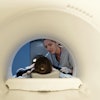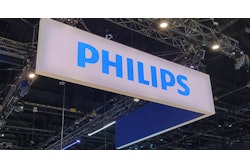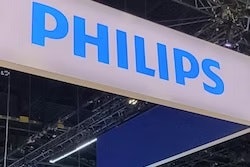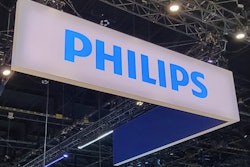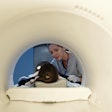Philips has posted results for its first quarter, showing losses offset by growth, and an outlook adjusted to reflect uncertainty in the global economy.
Group sales for Q1 were 4.1 billion euros ($4.7 billion), with a 2% decline in comparable sales growth, which the company noted in a statement was mainly due to China. Offsetting that decline, comparable order intake increased 2%, primarily due to strong performance in North America.
Diagnosis & Treatment comparable sales decreased by 4% due to a double-digit decline in China, and Connected Care comparable sales were broadly flat across businesses. However, Image-Guided Therapy performed well, and Personal Health showed positive growth in most markets.
Income from operations increased to 154 million euros ($175 million); free cash flow consisted of an outflow of 1.09 billion euros ($1.2 billion), mainly due to the 1.025 billion euros ($1.16 billion) payment from the Philips Respironics recall-related medical monitoring and personal injury settlements in the U.S.
The firm noted that its productivity initiatives delivered first-quarter savings of 147 million euros ($167 million), including 42 million euros ($48 million) in operating model savings, 46 million euros ($54 million) in procurement savings, and 59 million euros ($67 million) in savings from other programs savings. Philips said that its productivity initiatives are on track for 800 million euros ($907 million) in savings in 2025.
Philips has updated its outlook for full-year 2025 to include the assumed effects of currently announced tariffs, including the current bilateral U.S.-China tariffs, those with the rest of the world, and the resumption of the paused U.S. tariffs on July 9. This outlook excludes potential wider economic impact, the firm noted, as well as ongoing Philips Respironics-related proceedings.
The company anticipates that its 2025 performance will be stronger in the latter part of the year, with Q2 showing some improvement over Q1.


